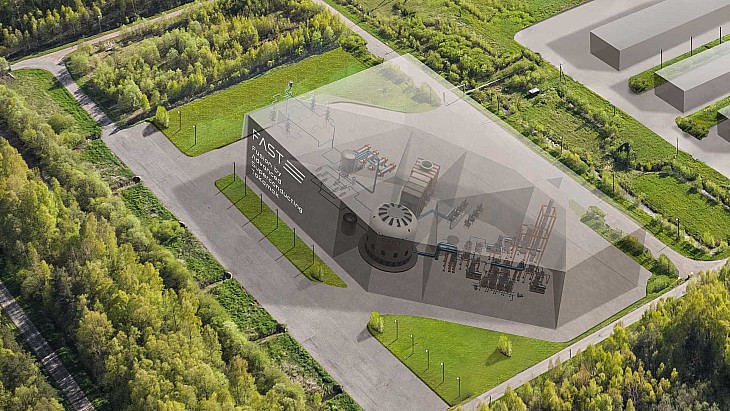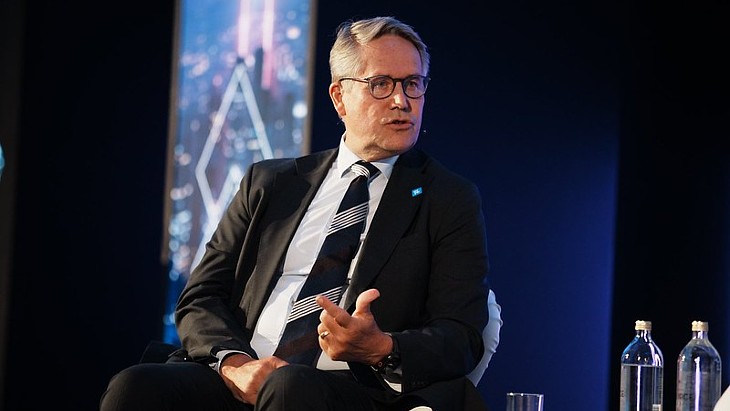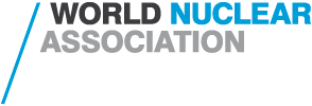GLE, the exclusive licensee of the SILEX laser enrichment technology invented by Australian company Silex Sytems Ltd, began large-scale demonstration testing of the uranium enrichment process at its Test Loop facility in Wilmington, North Carolina, in May. By mid-September, it had collected extensive performance data which the company said gave it the confidence that the process can be commercially deployed. This has now been validated independently by a leading Fortune 1000 technology provider in the national defence and global infrastructure markets, the companies said.
The nine-point Technology Readiness Level (TRL) scale was pioneered by NASA in the 1980s as a measurement system to assess the maturity level of a particular technology, from TRL-1 (basic principles observed) through to TRL-9 (total system used successfully in project operations).
GLE has now reached TRL-6, as defined by the US Department of Energy's DOE Technology Readiness Assessment Guide (G 413.3-4A), which means the technology has now been demonstrated in a relevant environment at the prototype or pilot scale, and is ready to move forward to full-scale systems.
"In plain language, this independent validation means that GLE has demonstrated large-scale, integrated system performance under relevant operational conditions and that our schedule for initial commercial deployment is achievable," GLE CEO Stephen Long said. "We are proud to be the first company to meet this significant milestone for a third-generation enrichment technology.
"We now turn our attention to full-scale detailed design and disciplined deployment of our Paducah Laser Enrichment Facility (PLEF) in Paducah, Kentucky. The PLEF would be built from an entirely-US supply chain, maintaining control of this vital new technology in the US and is expected to create first-rate advanced manufacturing jobs not just in Paducah, but around the country."
Silex CEO and Managing Director Michael Goldsworthy said achieving TRL-6 was a "major de-risking milestone" in the commercialisation of SILEX technology. "We are immensely proud of GLE, the only company in the world to have demonstrated large-scale, third generation laser-based enrichment technology at TRL-6 status," he said. "We thank the GLE and Silex teams, and our joint venture partner Cameco, for the significant efforts that have gone into achieving this seminal milestone. At a personal level, I am incredibly proud of what the Silex and GLE teams have achieved and look forward to continuing our efforts toward commercial deployment."
GLE said its commercial deployment is backed by more than USD550 million in privately funded engineering, design, manufacturing, and licensing activities across North Carolina and Kentucky and is one of six companies awarded an Indefinite Delivery, Indefinite Quantity contract under the Department of Energy's Low-Enriched Uranium programme.
The company completed its full licence application to the US Nuclear Regulatory Commission for the Paducah Laser Enrichment Facility in July. If approved, the facility would represent a multi-billion-dollar investment opportunity in the state, creating more than 300 permanent jobs when the plant is in operation. If commissioned, the facility is expected to re-enrich more than 200,000 tonnes of high-assay depleted uranium tails acquired from the US Department of Energy and produce up to 6 million separative work units of LEU annually, delivering a domestic, single-site solution for uranium, conversion, and enrichment.

_31168.jpg)



_82983.jpg)
_34792.jpg)
_16403_79272.jpg)


_76087_55556.jpg)



